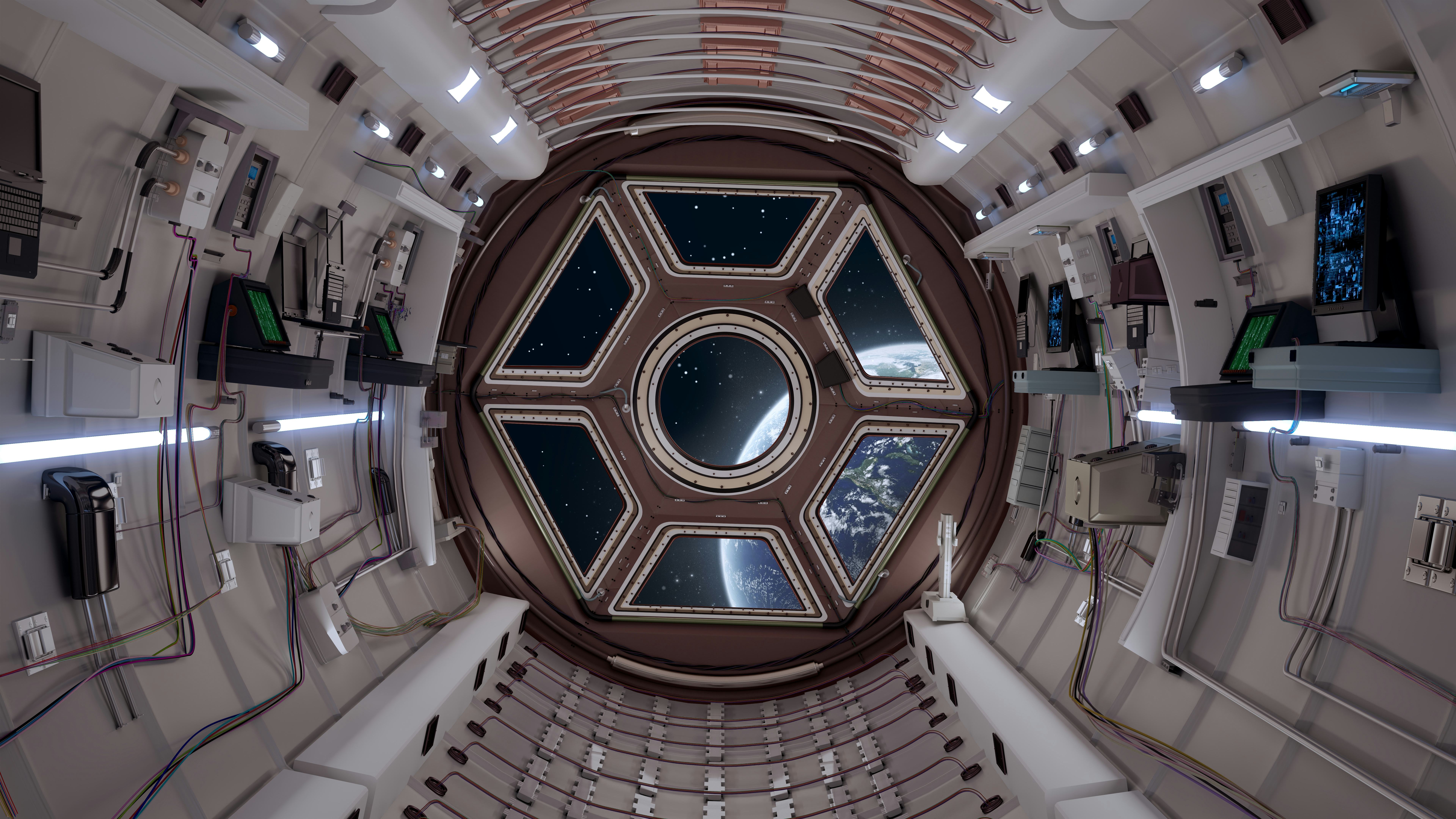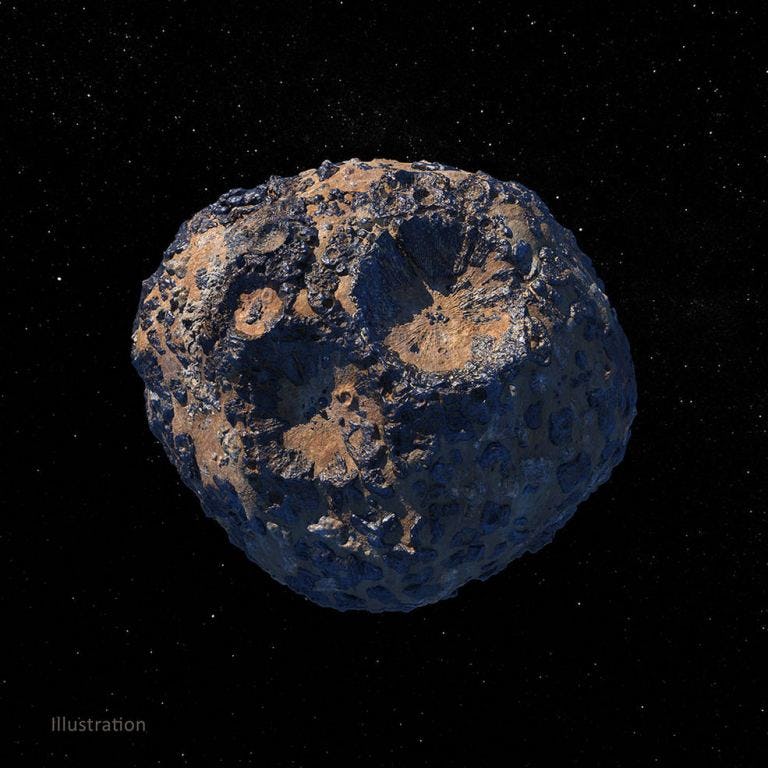
The stars call to us, as Carl Sagan once said. Given the human drive to explore our world and expand our reach, it is likely only a matter of time before we begin to build our homes in the Solar System. The Moon and Mars could be acceptable destinations, but nearby asteroids could also become homes, as a recent study shows.
The cold, weightless, radiation-filled dark of space poses a number of challenges to human habitation. We must be shielded from cosmic radiation and solar wind, and microgravity poses significant health hazards to the human body. This will force us to live under a layer of regolith or soil on the Moon and Mars. Given the low gravity of these worlds, we might be better off living deep within small asteroids that we can spin up to create a healthy artificial weight.
There has long been a dream of building a massive rotating space station to call home, such as the one featured in 2001: A Space Odyssey, but the challenges of construction are huge, not to mention the logistics of lifting such large quantities of steel and other materials into space. A rotating station would need to be at least hundreds of feet across to make artificial gravity practical. The bigger, the better. So engineers have proposed spinning up asteroids as a kind of ready-built station. We would need to dig out the interior, but this would give us materials we could use.

The metal-rich asteroid 16 Psyche is a good possibility. Mining the interior of its estimated trillions of dollars worth of rare earth metals would also provide a radiation-shielded habitat, as long as rapidly spinning Psyche doesn’t cause it to fly apart. On this point, the concept looks promising. One study of spinning asteroids found that solid ones up to a few hundred yards in diameter should tolerate a spin rate fast enough to sustain artificial gravity up to half a gee or so.
There’s just one problem. Most asteroids on that scale aren’t solid. Instead, they are a loose collection of rock and dust known as rubble pile asteroids. They would fly apart long before reaching a usable spin rate. So in this latest study, the team looks at a compromise design. Rather than relying on the inherent structure of an asteroid, they propose wrapping it in a material strong enough to hold it together while spinning. The wrapping layer could be covered in solar panels to generate electricity. And the rubble would provide resources and radiation shielding. Such a design would reduce the amount of material needed to lift to space while resourcing more common near-Earth asteroids.
The study found the idea promising but not yet practical. The necessary tensile strength of the wrap material would exceed that of current materials. But the design is within the range of future materials such as carbon nanofiber. By the time we can build a home on nearby asteroids, we could very well have the advanced materials we need. It is an interesting idea, and it shows how our options for homes in space are more than just the surfaces of the Moon and Mars.
This article was originally published on Universe Today by Brian Koberlein. Read the original article here.







